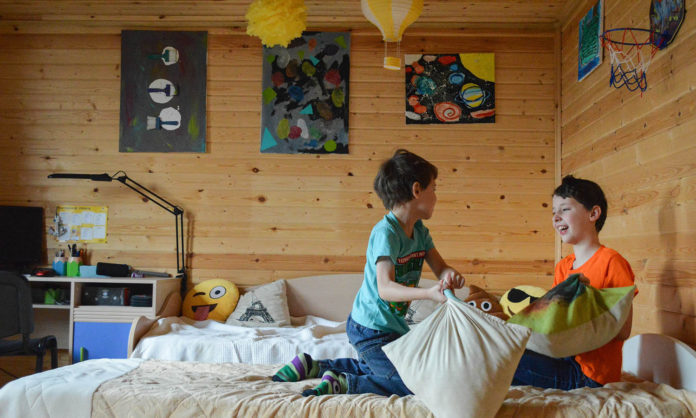
There’s a thin line between too much description in prose and not enough. Too much and your story starts to sound like a travelogue. Too little and you leave your reader wondering where they are. In an article for Writer’s Digest, Kris Spisak says the solution is create vivid descriptions, based on your life experiences.
“You already have all the tools you need to be a maestro of settings,” Spisak writes. “Give yourself credit, writer. You’ve lived a life. You’ve seen some things—and more important to this conversation, you’ve seen some places.” Spisak says that writing about the places you visit every day can help you write more vivid settings, even if you think everyone has seen a bedroom, bus stop, or coffee shop. With the right tools, you can make these settings uniquely your own.
Spisak suggests a challenge: Think about a fictional bedroom and write down five distinct details. You probably started with the wallpaper, carpet, and furniture. That’s fine, but probably bland. Now go deeper. Think about your childhood bedroom – or any of your bedrooms – and recall what made that space unique. “Whatever you come up with is likely far more special and thus more fascinating than the first imaginary bedroom of this exercise,” Spisak says. “Look at you, nailing it with your description skills. You’ve had it inside of you all along.”
Spisak also suggests thinking about a favorite song and what moment it recalls, or a favorite meal. “Sometimes, as we write, we know what we want to accomplish, yet the words that emerge are not as powerful as they could be because they mimic what readers have read countless times before,” Spisak writes. “It’s only wrong if it’s blank, vague, or somebody else’s version instead of your own.”
You don’t need to be widely traveled to practice pulling specifics from your own life.











